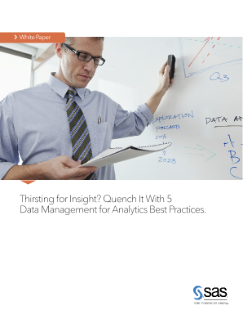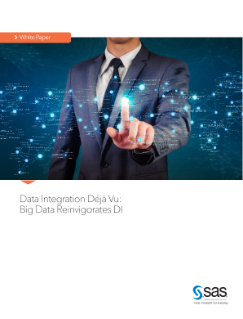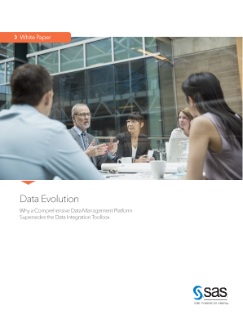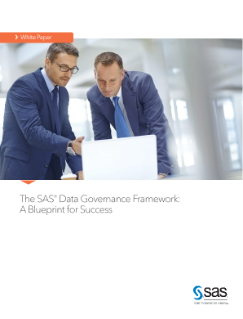
I've seen a number of articles and webinars recently that discuss data integration as a cloud-based service. So I thought it was worth exploring what this really means in the context of big data – specifically when the objective is to exploit many sources of streaming data for analytics. My initial reaction








